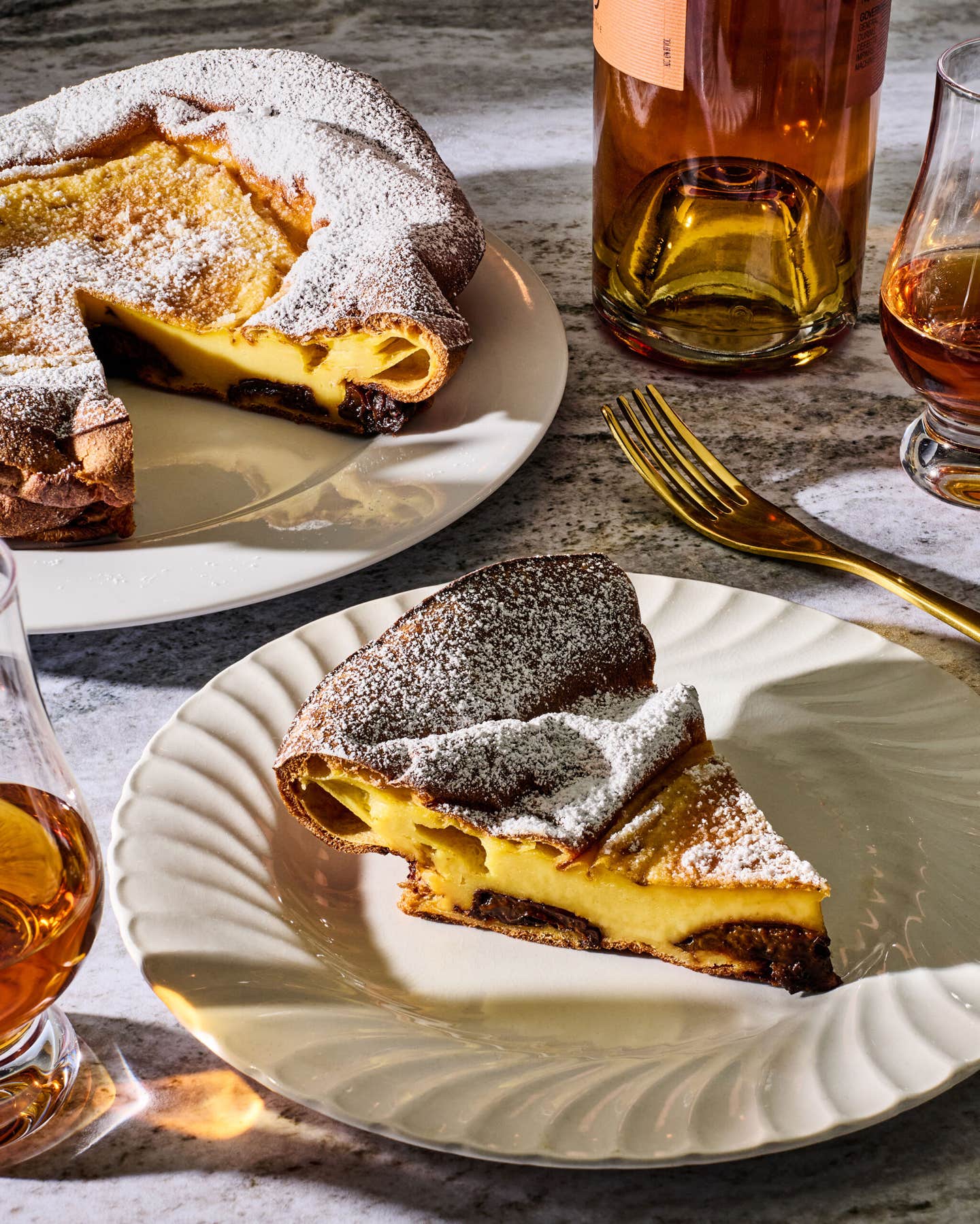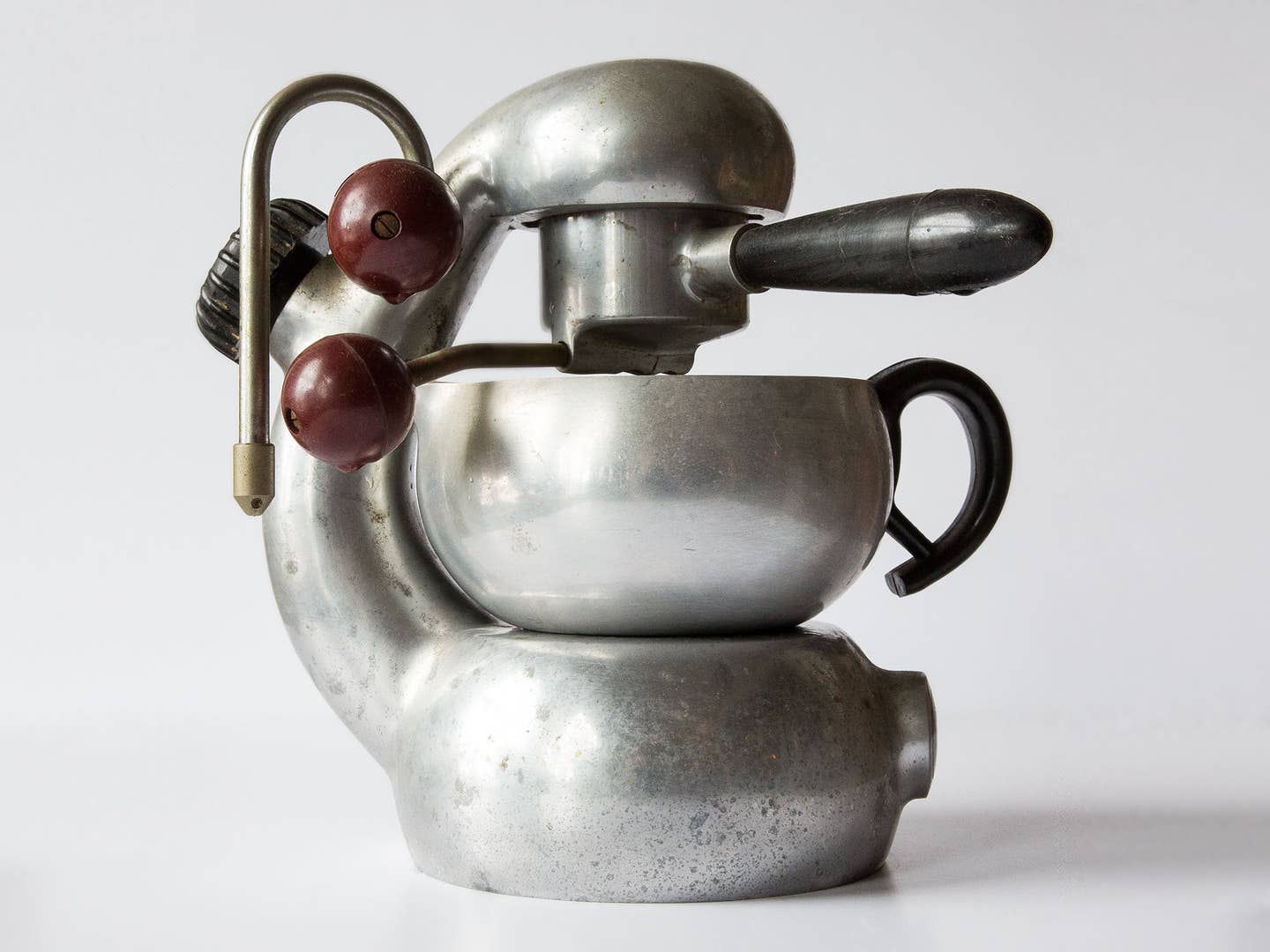
Collections: John McCormick’s Vintage Espresso Makers
The designer and restaurateur shares a few favorites of his 70-plus antique coffee makers
For designer and restaurateur John McCormick, who owns Brooklyn spots St. Mazie Bar & Supper Club and Café Moto (co-owned by Bill Phelps), antiquing isn't just a hobby—it's a way of life. Over the past twenty years, he has amassed a collection of around 70 vintage European coffee makers, including many rare models. He invited us into the turn-of-the-century Dumbo loft he shares with his wife Vannesa Shanks for a glimpse of his favorites. —Laura Itzkowitz
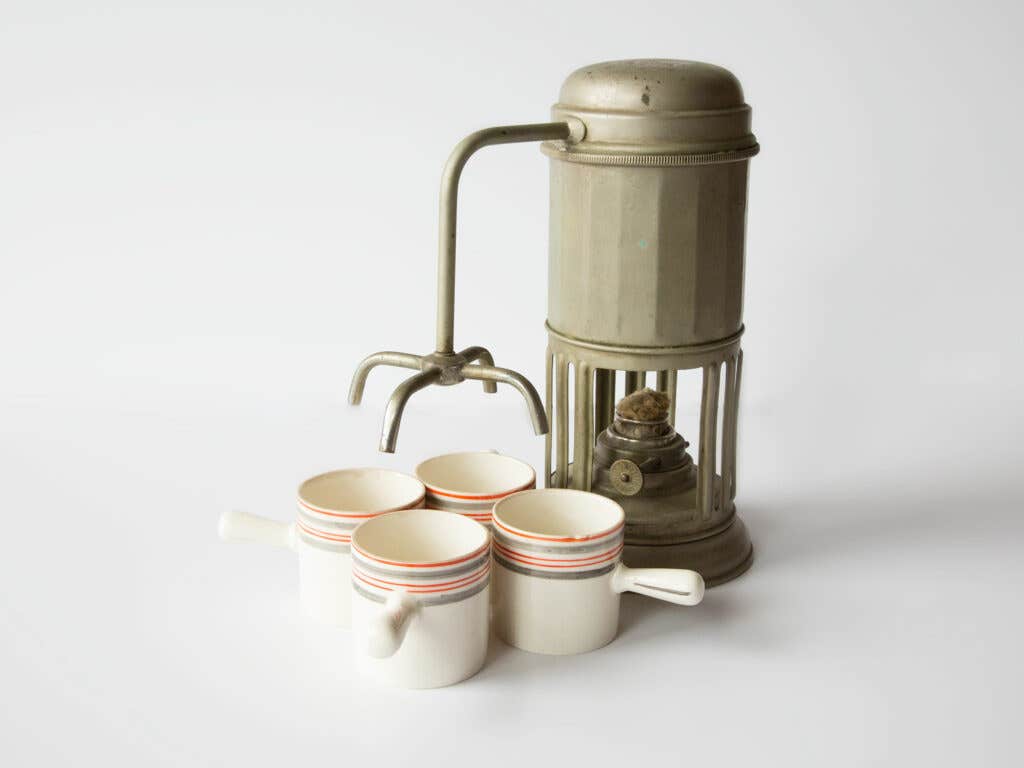
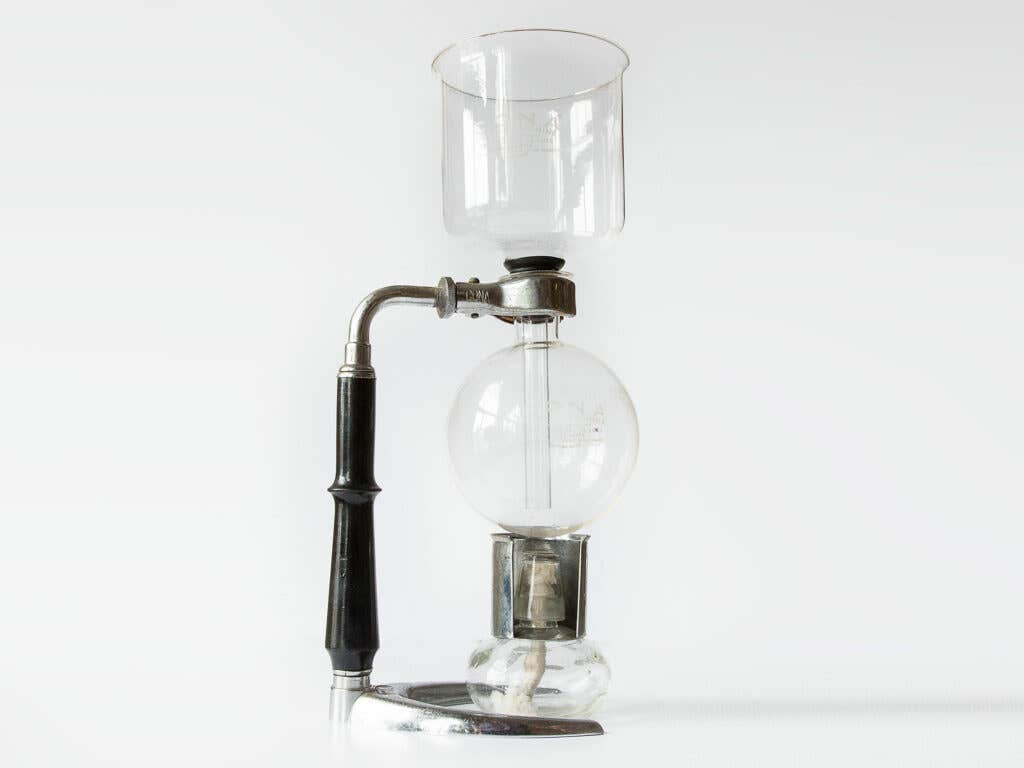
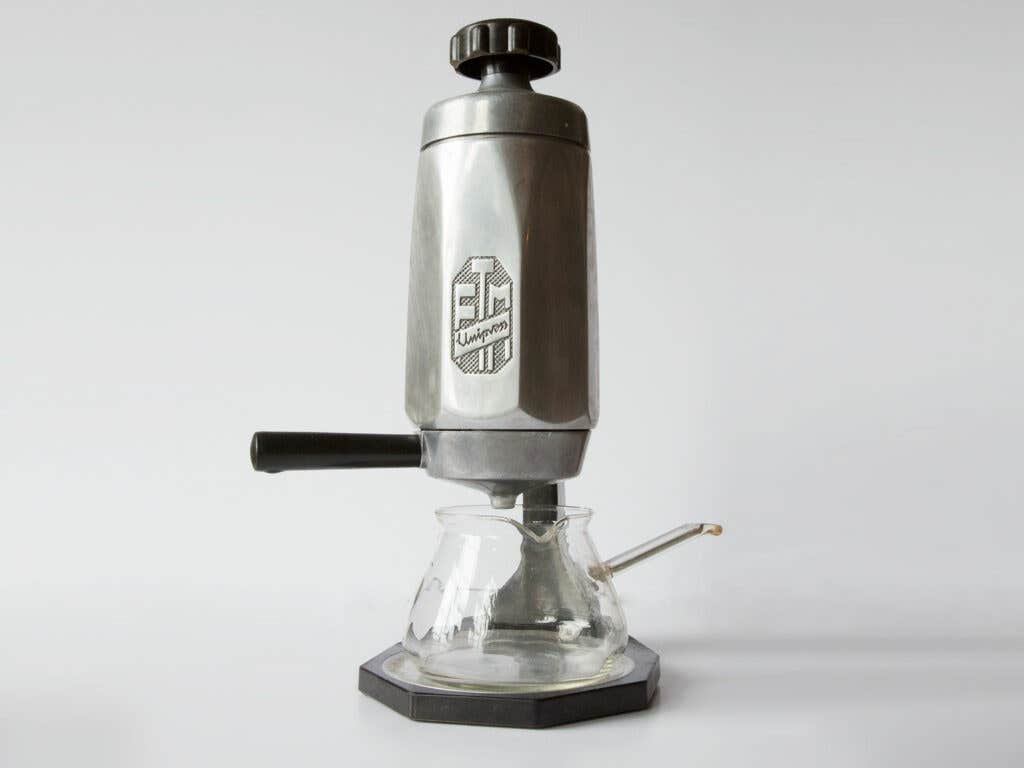
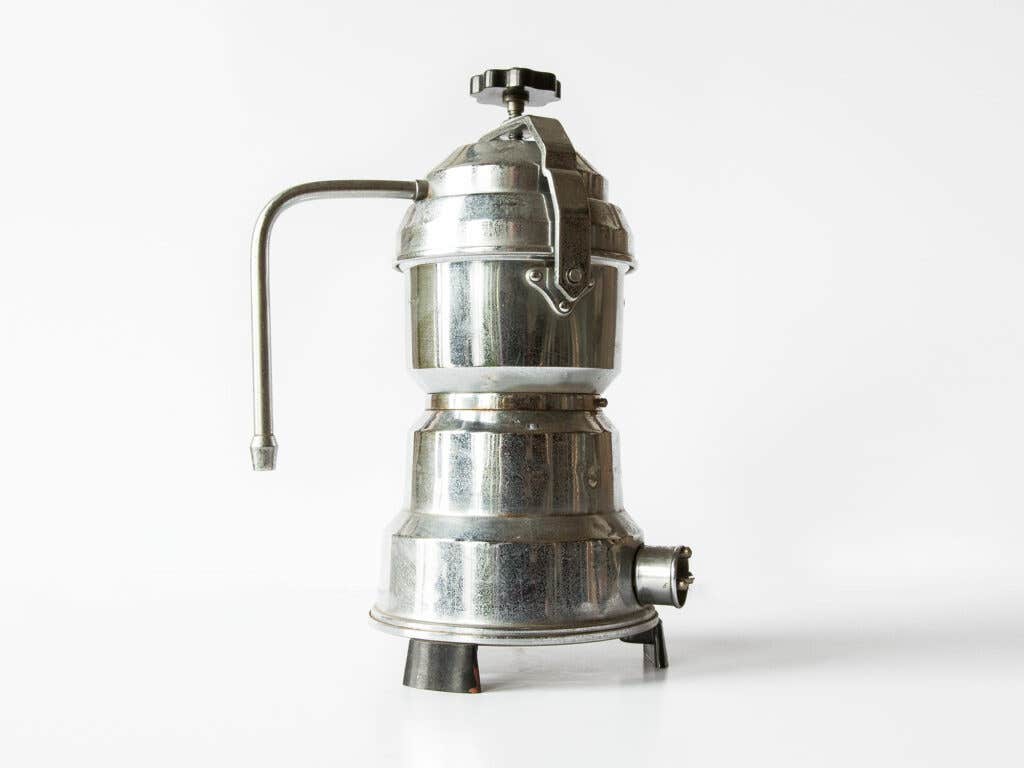
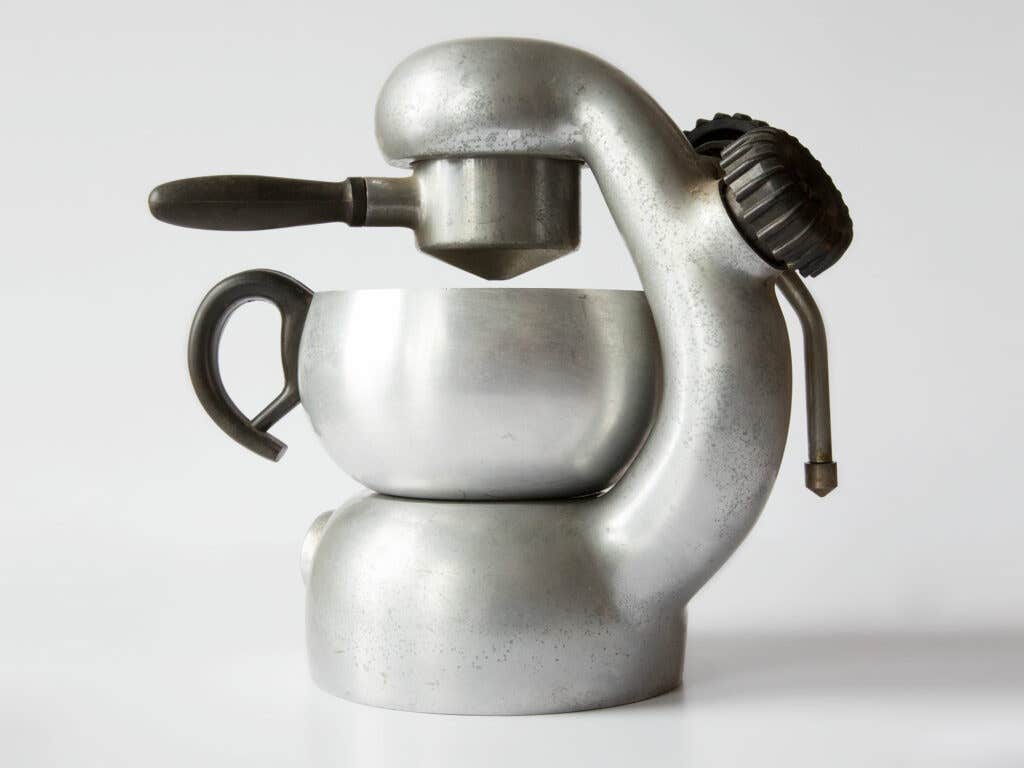
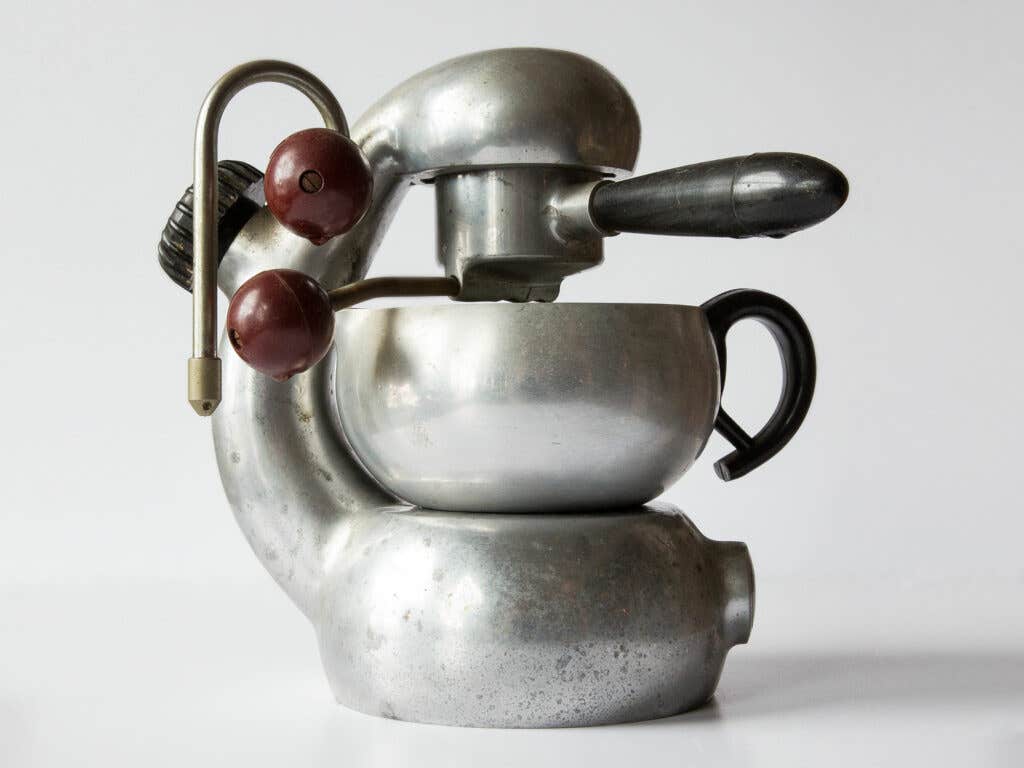
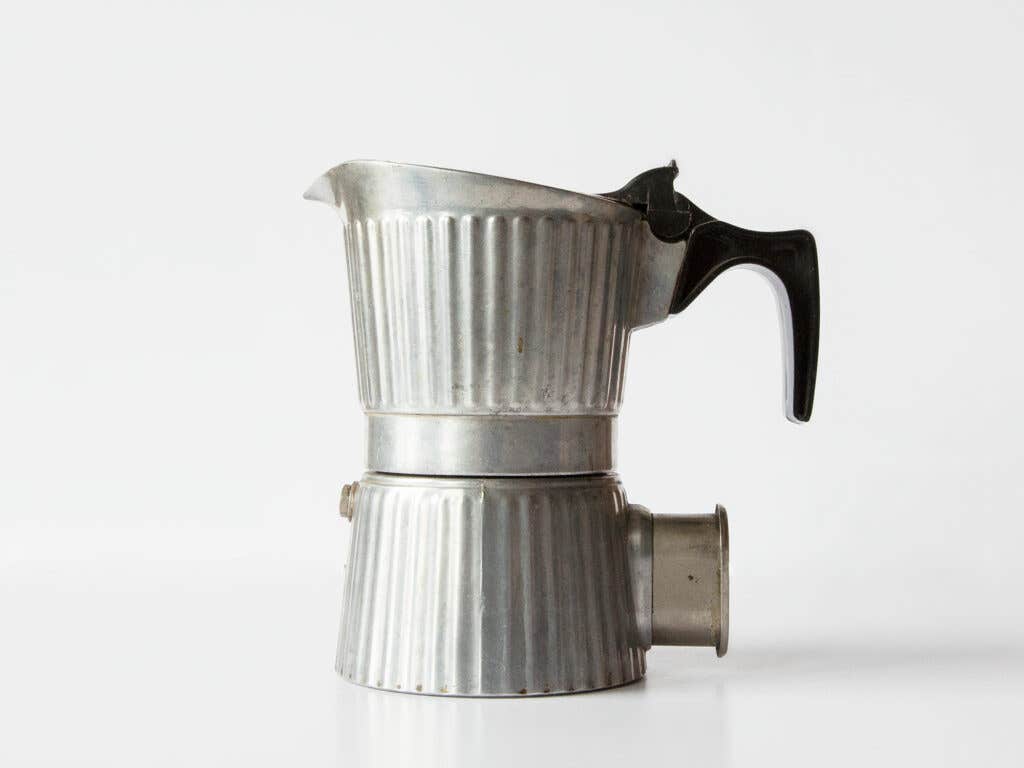
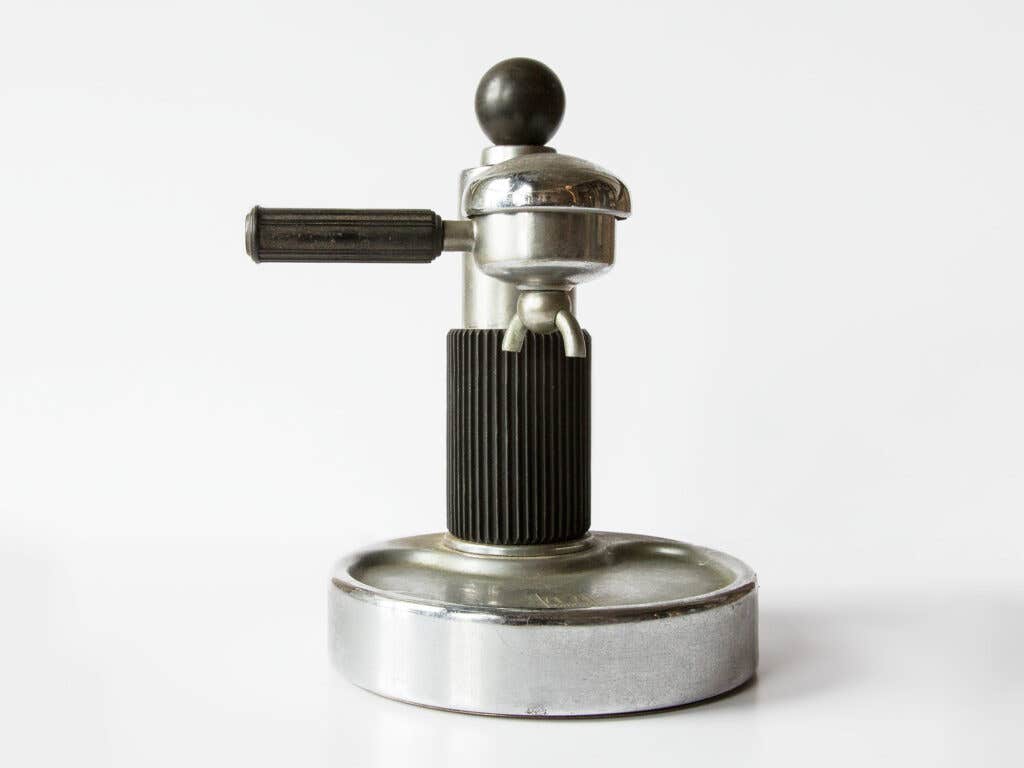
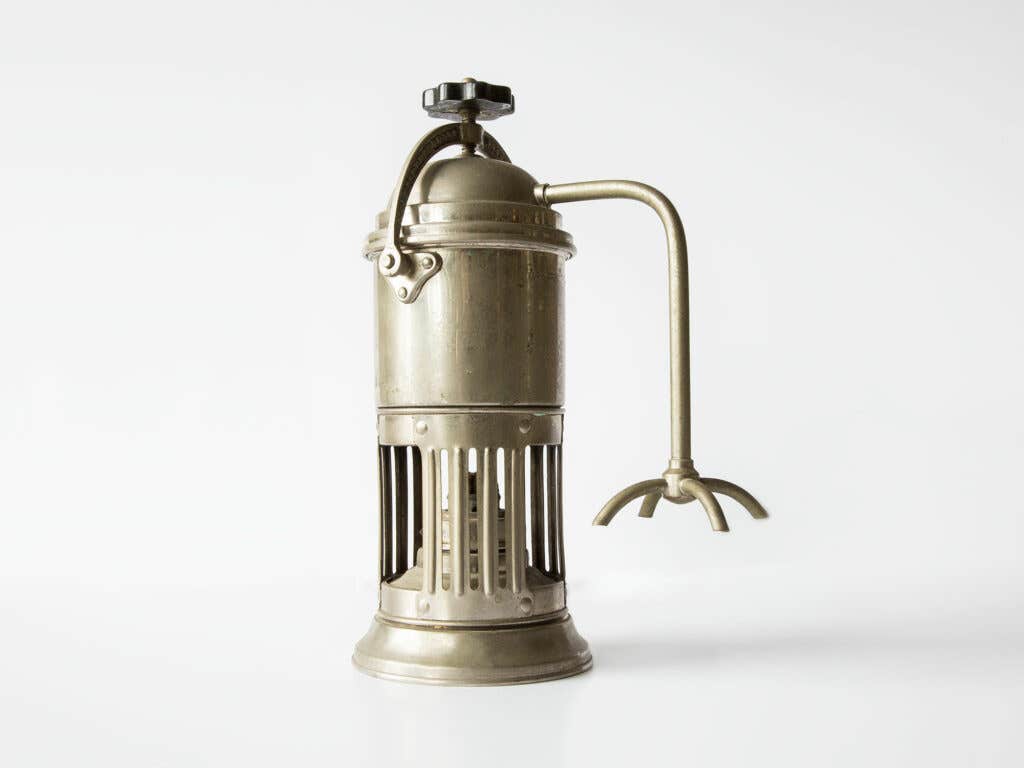
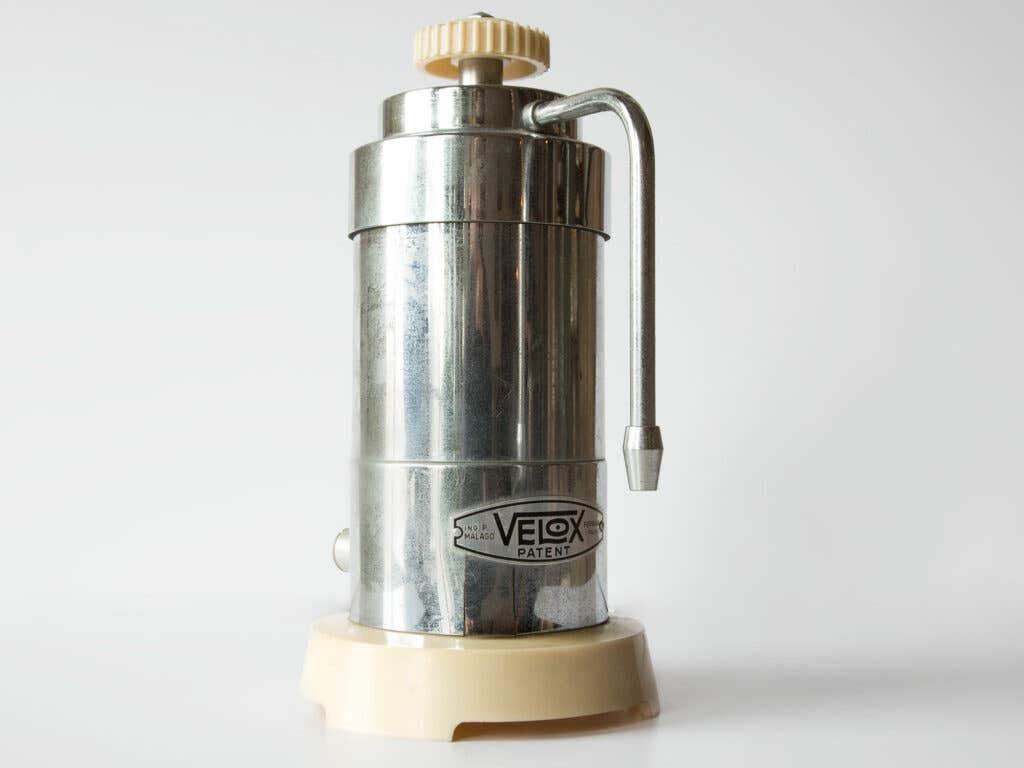
Keep Reading
Continue to Next Story









